As parents, we do everything we can to keep our kids healthy. But what if tiny plastic particles were sneaking into their meals without us realizing it? Unfortunately, microplastics are showing up in more and more foods, and scientists are still studying their long-term effects on our bodies. If you’re wondering what foods with microplastics are making their way onto your table, here are 15 that might surprise you.
1. Rice

Rice is a staple in many households, especially for busy parents looking for quick, nutritious meals. But did you know that rice can contain microplastics? Research suggests that plastic packaging and processing methods contribute to contamination, meaning your child’s bowl of rice could be carrying more than just grains. Since rice is often stored and transported in plastic containers, tiny plastic particles can easily mix in. Rinsing rice before cooking can help wash away some of the particles, and buying bulk rice stored in cloth bags instead of plastic can be a smart move. As a parent, choosing organic rice options may offer more peace of mind when feeding your family.
2. Processed and Packaged Foods
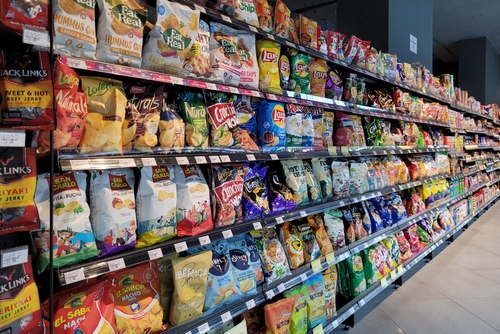
Kids love snacks, and as parents, we often rely on packaged foods for convenience. However, many processed foods contain microplastics due to plastic wrapping and manufacturing methods. Snack foods, ready-made meals, and even baby food can have traces of plastic, and since children’s bodies are still developing, the effects of ingesting microplastics are especially concerning. These tiny particles come from the machinery used in food processing, as well as the packaging itself. Whenever possible, choose fresh, homemade meals and store leftovers in glass or stainless steel containers. Paying attention to labels and avoiding overly processed products can help keep your kids safer.
3. Soft Drinks

We all try to limit our kids’ soda intake, but if your family does enjoy an occasional soft drink, you should know that it could be introducing microplastics into their diet. Soft drinks in plastic bottles are particularly concerning because the friction from opening and closing the cap alone can release tiny particles into the drink. Additionally, some beverages are stored in plastic-lined cans, which can also contribute to contamination. If your family enjoys fizzy drinks, consider switching to glass-bottled versions or making homemade soda alternatives. Cutting back on sugary drinks not only lowers exposure to microplastics but is also a great way to promote better health for your children.
4. Bottled Water

If your family regularly drinks bottled water, you might be giving your kids more than just hydration. Studies have found that bottled water can contain up to hundreds of microplastic particles per liter. The culprit? The plastic packaging itself, which sheds tiny fragments over time, especially when exposed to heat. As a parent, it’s unsettling to think that something as essential as water could be contaminated. To reduce your family’s exposure, consider switching to filtered tap water and using a stainless steel or glass bottle for your child’s water at school or sports practice. Not only does this cut down on plastic waste, but it also helps protect your little ones from unnecessary exposure to microplastics.
Read More: 5 Dangerous Foods You Should Never Cook in An Air Fryer
5. Honey
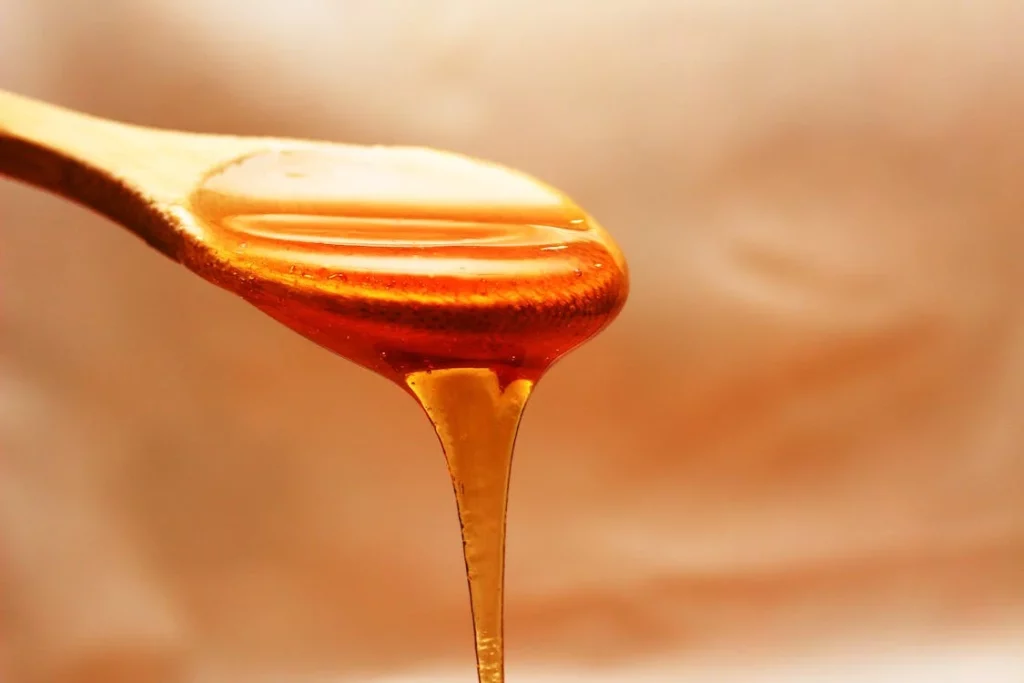
Honey is often marketed as a natural, healthy sweetener, but even this golden treat isn’t immune to microplastic contamination. The contamination likely comes from environmental pollution affecting the flowers bees collect nectar from. Some studies suggest that plastic dust in the air or water sources used by bees could be another factor. If you use honey to sweeten your child’s food or mix it into their tea, you might be unknowingly adding microplastics to their diet. Choosing organic honey and buying from local beekeepers may help reduce the risk. It’s also a good idea to opt for raw honey, which is less processed and may have fewer contaminants.
6. Table Salt

Salt is something we add to almost every meal, but did you know sea salt, in particular, is often contaminated with microplastics? As parents, we want to make sure we’re serving safe, clean food to our kids, but salt harvested from polluted ocean water can carry plastic particles. Researchers have found that microplastics from polluted seas often end up in salt supplies. To minimize exposure, opt for rock salt or Himalayan salt, which come from underground sources and are less likely to be contaminated. If you do use sea salt, choosing brands that test for purity can provide some peace of mind when cooking for your family.
7. Fruits and Vegetables

We encourage our kids to eat plenty of fresh fruits and vegetables, but even these healthy staples aren’t free from microplastics. Tiny plastic particles can come from soil, irrigation water, or plastic packaging. In some cases, produce absorbs microplastics through root systems, meaning they become part of the food itself. Washing fruits and vegetables thoroughly and peeling them when possible can help cut down on exposure. Choosing organic options and buying from local farmers may also reduce the risk. Using reusable produce bags instead of plastic ones is another easy way to limit microplastic exposure for your family.
8. Meat

Meat products, particularly from animals that consume feed contaminated with microplastics, may carry these tiny particles into our diet. Since livestock often eat grains that have been stored in plastic containers, they may ingest microplastics, which can accumulate in their tissues. As a parent, the idea of these contaminants making their way into your child’s meals is concerning. While it’s difficult to avoid completely, choosing organic, pasture-raised meat and reducing processed meat consumption can be a step in the right direction. Buying meat from local farmers who prioritize sustainable practices can also help you feel more confident in what you’re feeding your family.
9. Yogurt

Many store-bought yogurts come in plastic containers, which can leach microplastics into the yogurt, especially when exposed to heat fluctuations. Studies have shown that dairy products stored in plastic packaging are prone to absorbing plastic particles over time. Since yogurt is a common snack for kids, the potential health risks of microplastic consumption are concerning. Making yogurt at home allows you to control the ingredients and eliminate plastic exposure. If making it yourself isn’t an option, opt for brands that use glass jars instead.
10. Tea Bags
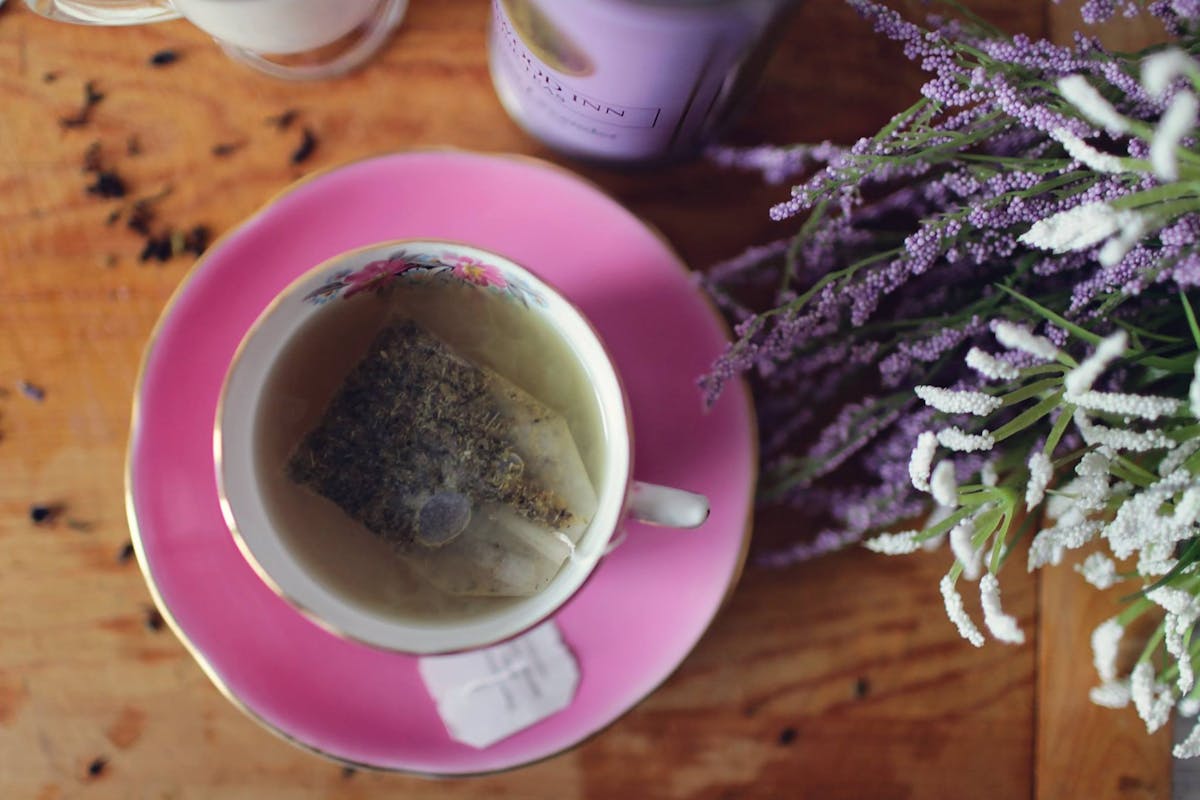
Many parents like to share a soothing cup of tea with their children—especially herbal blends that can calm or settle a restless stomach. However, a lot of commercial tea bags are sealed with plastic fibers, which can shed tiny particles right into the hot water as the bag steeps. This is particularly worrisome if your kids enjoy tea daily or if you yourself consume multiple cups throughout the day and they sneak a sip. Over time, these microplastics might accumulate in their growing bodies, and scientists are still investigating the potential health implications.
11. Ice Cream
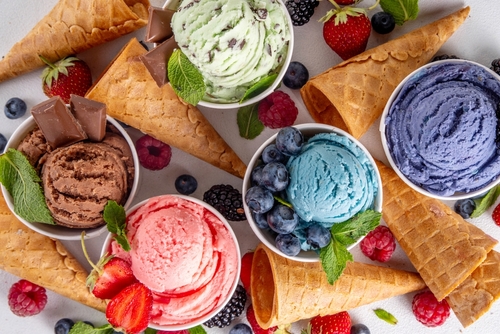
Ice cream is a favorite treat in many families, but plastic tubs and liners can be a hidden source of microplastics that slowly migrate into the sweet, creamy dessert. When ice cream is stored for long periods (especially if it’s moved from one freezer to another), the friction and temperature changes can cause plastic materials to break down. This means that every spoonful might carry tiny plastic fragments, which can be concerning for children whose systems are still developing. Some commercial stabilizers or emulsifiers used in ice cream can also be processed with plastic equipment, further increasing the risk. To minimize these worries, look for brands that use paper-based or biodegradable containers that reduce plastic contact.
12. Sugar

Sugar is a common ingredient in countless kid-friendly recipes, from homemade cookies to birthday cakes, but refined sugar often undergoes industrial processing that involves plastic-lined machinery. As the sugar moves through various stages of refinement, microscopic bits of plastic may cling to or mix with the crystals. This can be especially concerning if your child has a sweet tooth and regularly consumes foods or drinks that contain a lot of sugar. Opting for less-refined sweeteners—like raw cane sugar, coconut sugar, or maple syrup—can help reduce microplastic exposure, as these alternatives often skip some of the heavily industrialized steps.
13. Seafood
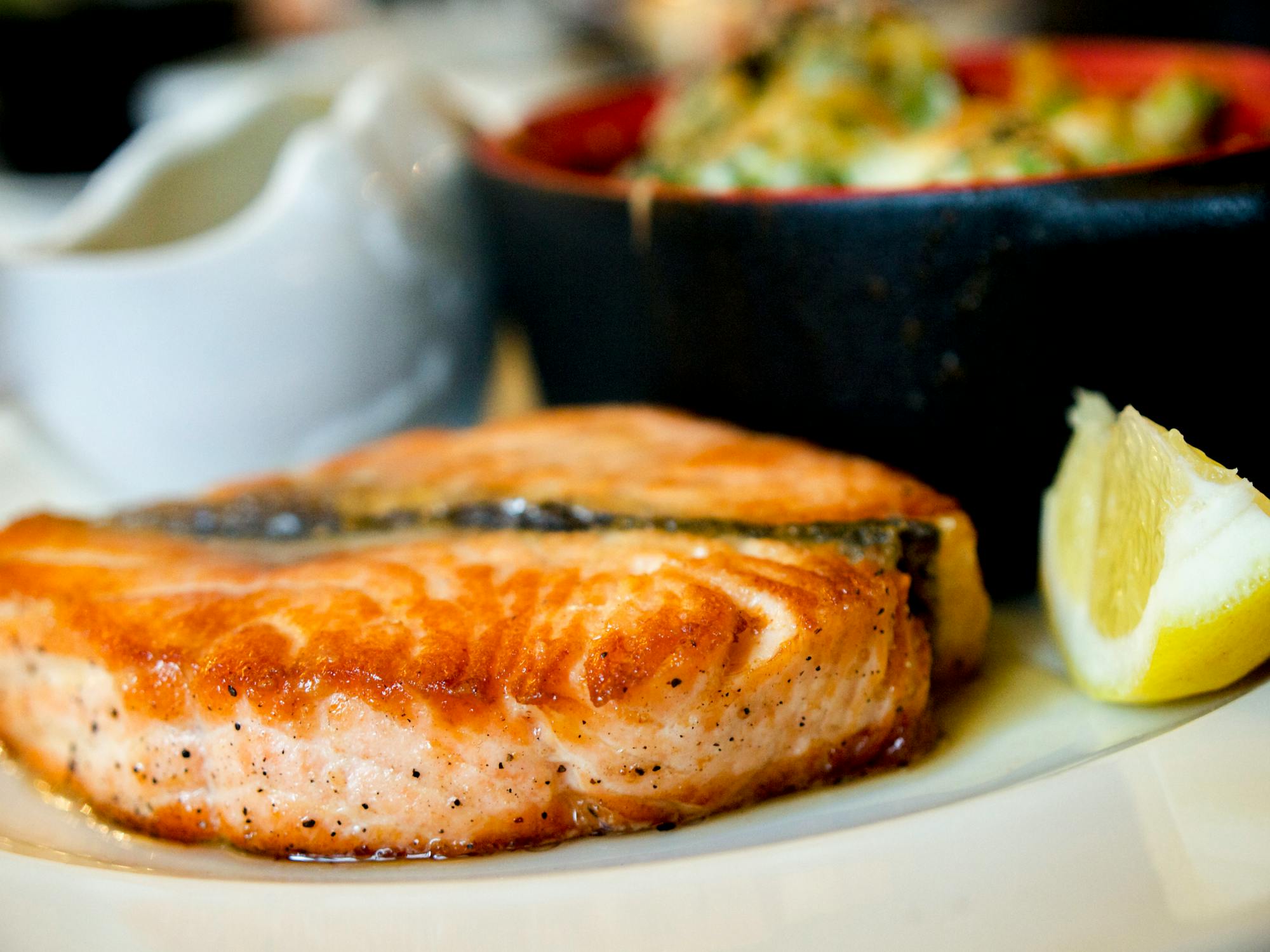
Seafood can be a great source of nutrients like omega-3 fatty acids and protein, but it also poses a risk for microplastic contamination. Since oceans are heavily polluted with plastic waste, fish and shellfish ingest these particles, which accumulate in their tissues. Shellfish, in particular, are filter feeders, meaning they absorb whatever’s floating around them—microplastics included. For parents aiming to provide nutrient-dense meals, this can be concerning if your family enjoys seafood regularly. One approach is to choose sustainably caught fish from cleaner waters, as these fisheries often monitor pollution levels and the health of their stock more closely.
14. Chocolate

Chocolate is often a go-to treat or reward for children, but mass-produced bars can harbor microplastics due to plastic packaging and large-scale factory processes. As the chocolate is poured, cooled, and wrapped, tiny plastic fragments can break off from machinery or packaging materials. Since kids often eat chocolate bars or chocolate-based snacks right out of the wrapper, they could be unknowingly ingesting these plastic particles. On top of that, some chocolate brands add emulsifiers that may be produced or stored in plastic containers. To keep chocolate as a safe indulgence, look for organic or fair-trade varieties that emphasize eco-friendly packaging and rigorous quality checks.
Read More: 9 Non-Food Items You Should Always Keep in The Fridge
15. Pasta
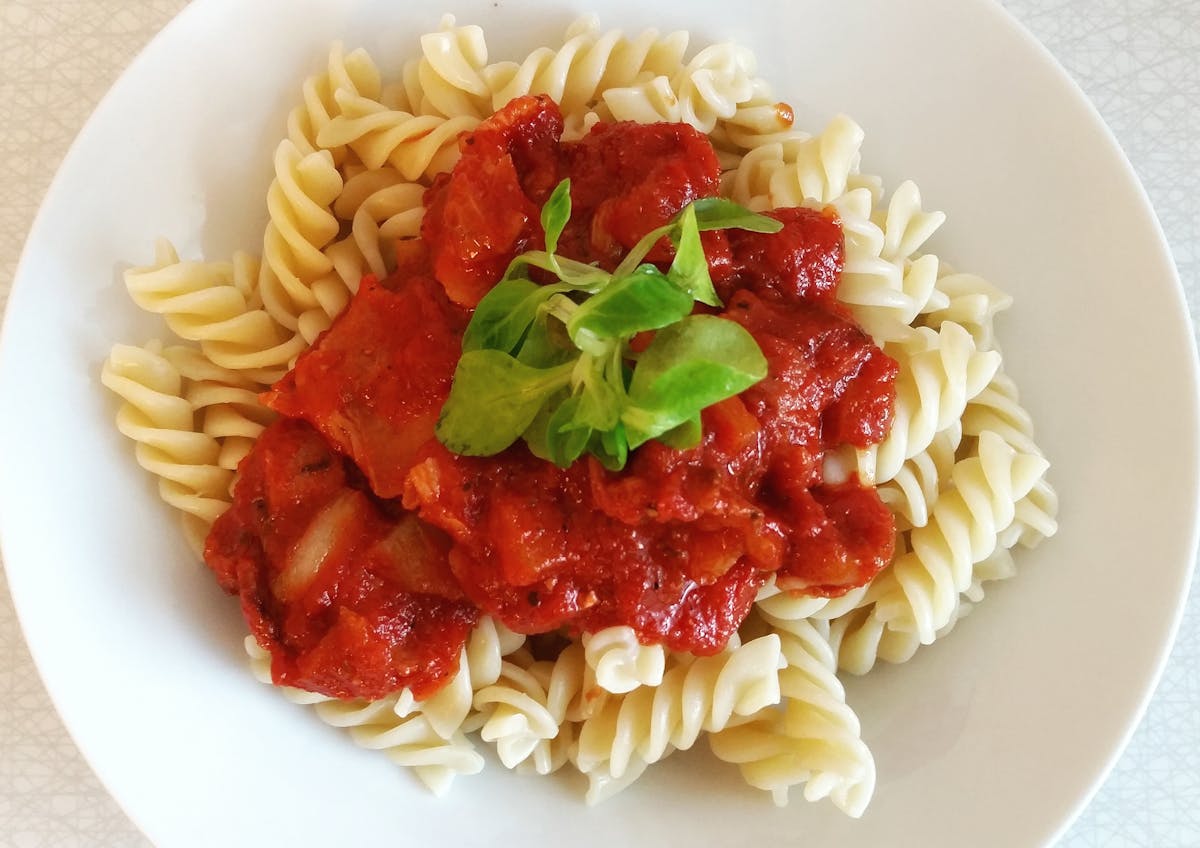
Pasta is a mealtime favorite in many homes, but it’s commonly sold in plastic bags that may release microplastics over weeks or months of storage. The friction from handling, shipping, and stocking shelves can create tiny plastic fibers that settle among the pasta. Since kids often love spaghetti nights or macaroni and cheese, the potential build-up of microplastics in frequent pasta eaters is a real concern. A more parent-friendly option is to buy pasta in cardboard boxes, which reduces direct contact with plastic. If you’re feeling adventurous in the kitchen, you can even make homemade pasta using just flour and eggs, then store it in airtight glass or metal containers.
How to Reduce Microplastic Exposure in Your Family’s Diet

While completely avoiding foods with microplastics is nearly impossible, there are ways to limit your family’s exposure. Opting for fresh, whole foods and minimizing processed and plastic-packaged items is a great start. Using glass, stainless steel, or biodegradable packaging whenever possible can also help. Since scientists are still studying the effects of microplastics on human health, taking proactive steps now is a smart choice for your family’s well-being. With growing awareness, more companies are working toward reducing plastic pollution in food production. Until then, staying informed and making small changes in your grocery shopping and meal prep can go a long way. Your family’s health is worth it!

